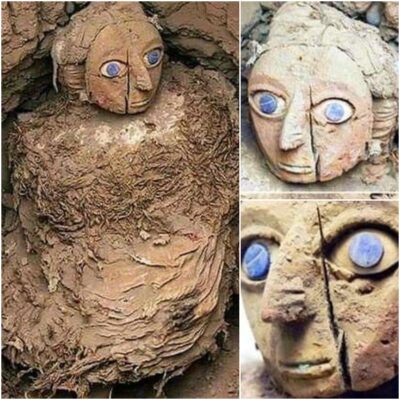If asked, what is the largest creature on Earth – would you answer? Surely many of you will quickly say that this creature is indeed a whale or sperm whale because of their staggering massiveness.
However, the name of the largest creature on the planet has just been announced recently, causing many people to fall back because – this title belongs to a species … fungus called Armillaria.
It’s surprising isn’t it? Now we will take a close look at this creature, and why it is called “the largest creature on earth”.
Armillaria mushroom – killer mushroom with big trees
Living mainly in the Americas, stretching across the continent from Canada to Brazil, the Armillaria mushroom is a fungus that lives on the trunks of trees, from small shrubs to large trees.
Besides the scientific name Armillaria, this mushroom is also known as “Honey Mushroom” or “Humongous Fungus”.

Armillaria Mushroom
This is a fungus that is harmful to plants. They have been identified as the causative agent of white root rot in forests and can colonize entire old forests.
Not stopping there, this fungus not only “eats on beans” like other parasites, but they are so persistent that they can kill the host’s trunk. They also contain some special enzymes that help them glow in the dark.

The trunks that are “cracked” like this will often have to die..
Why is the Armillaria mushroom the largest organism?
In fact, each individual Armillaria mushroom is quite small in size, nothing too strange. However, this fungus has a very special root system, which helps each individual have the ability to associate with other Armillaria mushrooms.

The roots of the honey mushroom are linked together into a homogeneous body
This fungus reproduces very simply. They can grow right after it rains or when exposed to humid weather. They often reside to suck nutrients on living tree trunks or try to make up for what is left of dead trees.
When an Armillaria mushroom is placed next to another relative, their roots immediately catch up with each other and connect, “fusion” to form a unified whole.

By doing this, the Armillaria fungi that parasitize living trees will have enough nutrients to feed the individuals that grow on “dead” trees. And once … “back to the same house”, just one mushroom to find nutrition can feed a whole network of populations.
The special thing is that when the roots are connected, the mushrooms will immediately carry a similar set of genes. Because of this ability, a population of Armillaria mushrooms, although made up of many mushrooms, is still recognized as a single organism – rather, the “grand body” of Armillaria.

On Earth there are many such “great bodies”, one of which is the “mushroom individual” found in Malheur National Forest, Oregon (USA) which is considered the largest on the planet. This “big body” is up to 10 square kilometers – equivalent to 0.14% of the forest area.

These clusters of fungi are all linked together
Not only possessing a huge body part, the weight of Armillaria mushrooms also makes many people afraid.
It is estimated that this “big body” of millions of Armillaria mushrooms weighs up to 605 tons – a number that no living organism can “support”.

But not only that, in order to have a “biggest planet” organism, the mushroom population also has a huge age – about 2,400 to 8,650 years.
With the continuous admission of new members to the guild, the “big body” of Armillaria mushrooms with a giant age is also inevitable.
A 400-ton mushroom covered the American forest
The name fungus was first discovered in the late 1980s in the Upper Peninsula of Michigan, USA, according to Newsweek. At that time, the mushroom was thought to be about 1,500 years old, spread over 37 hectares of forest floor and weighed over 110 tons. This makes it one of the largest and oldest biological organizations on Earth.

Mushrooms in the Michigan forest are larger in weight and older than previously thought. (Image: Wikipedia).
“Nearly three decades later, we returned to the same mushroom to obtain a new specimen,” the team said in a report published on biorxiv.org. “We determined that A. gallica was still alive in the same place, but estimated it to be larger and older than previously concluded, weighing 400 tons and at least 2,500 years old.”
The media referred to A. gallica as a “giant mushroom” when it was first discovered. “Any forest that grows continuously over time can become a habitat for large and old Armillaria mushrooms. In fact, there are at least two other individuals related to the original Armillaria mushroom.” , said the study authors.
Armillaria survives successfully because it can live as a saprophyte on dead or decaying organic matter or as a saprophytic parasite that kills host tissue and invades the plant. Both ways allow them to grow over large areas. To reassess the size of A. gallica, the team took 245 specimens and linked them to a geographic coordinate system. From there, they were able to create a map that accurately reflected the size of the mushroom.
They also examined how the specimen changed over three decades, looking at mutations that occurred over time. The results showed that the fungus spreads like cancer, but at an extremely low mutation rate. So the researchers think it could help them better understand the development of cancer.











